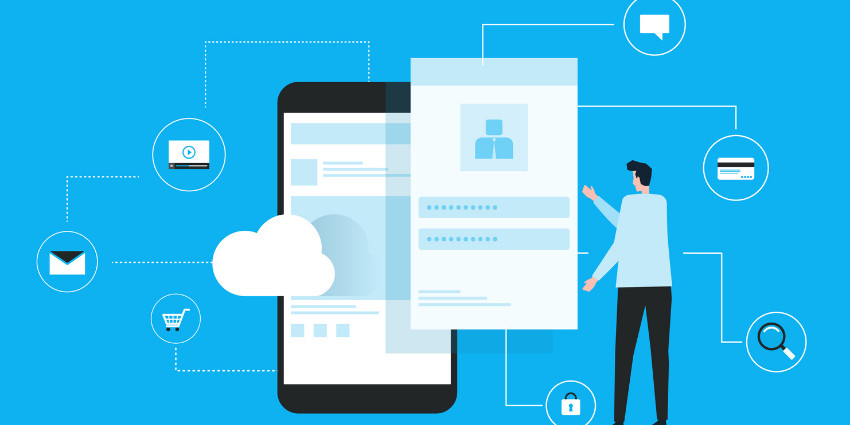Let’s get out in the open once and for all: cloud-based contact centres are here to stay, and despite security or governance concerns, the benefits in terms of scalability, cost, and agility, cannot be ignored. 62% of companies plan to implement a cloud-based contact centre between 2021-2022. Just 5% plan on staying on-premise for the near future. One of the biggest benefits of migrating to the cloud is the ability to integrate with other cloud-based services with little to no development efforts, including cloud-based payment systems.
Why are Cloud-Based Payments Gaining Momentum? The Pros
Flexibility is the primary reason why so many customers now prefer digital payments. A traditional point of sale (digital or physical) ties the translation portal down to a physical system and IP address. Cloud-based payments, on the other hand, are far more flex9ble, capable of accepting payments via web browsers, mobile applications, and your existing Electronic Funds Transfer at Point of Sale (EFTPOS) systems with equal ease. As mentioned, they can also be integrated with your existing systems including the CRM, ERP, and contact centre solutions.
Interestingly, they can also be more secure than on-premise payment systems, as cloud providers adopt stringent security measures to keep data safe. Specifically, PCI DSS compliant cloud payment services significantly reduce your security maintenance overheads when compared to traditional payment systems.
Factors to Consider Before Implementing Third-party Cloud-Based Payments: The Possible Cons
While cloud integrations are a convenient way to elevate your contact centre capabilities, there are a few factors to remember. First, any third-party vendor must be thoroughly screened before you can onboard and implement an integration. This is even more crucial when it comes to payment systems, as you’ll be sharing sensitive customer data with your provider. A large portion of data breaches happening today can be traced back to the technology supply chain, which means that every supplier and integration partner must be carefully vetted.
Also, you need to clarify your strategy and pinpoint the use cases where third-party cloud-based payments can play a role. Would you want an automated IVR payments system, where customers can use speech recognition or DTMF to enter payment details and process transactions? Or, would you require in-call payment facilities, controlled via the agent UI? The specific use cases will determine your implementation approach, as well as the vendor you choose.
Finally, the region where the cloud provider’s colocation system is situated also makes a difference. Ideally, you’d want the data to be housed in a remote but nearby centre, governed by laws similar to your organisation.
How to Go About Using Third-party Cloud-Based Payments?
First, identify the payment use cases at your contact centre, from debt collection to cross-selling/up-selling. This will help you craft customer journey maps, determining what role a third-party cloud-based payments solution could play in your overall operational blueprint. Next, make sure all your integrations and APIs are tested, as per security best practices and the finalised landscape should be regularly audited against PCI DSS requirements.







